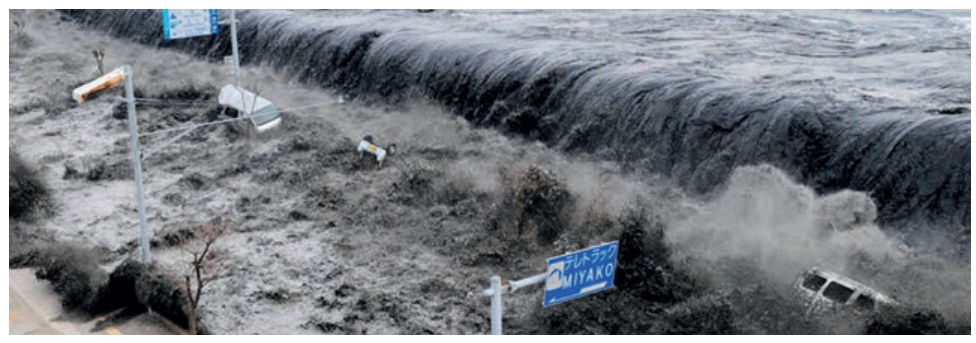Chapter: 9th Social Science : Geography: Disaster Management: Responding to Disasters
Disaster Management: Responding to Disasters
Disaster
Management: Responding to Disasters
Case Study - Tsunami
Shortly before 8 am on 26 December 2004, the cicadas fell silent and the ground
shook in dismay. The Moken, an isolated tribe on the
Andaman Islands in the Indian Ocean, knew
that the Laboon, the
‘wave that eats
people’, had stirred
from his ocean lair. The Moken
also knew what was next:
a towering wall
of water washing over their island, cleansing it of all that was evil and impure.
To heed the Laboon’s warning signs, elders told their
children, run to high ground. ‘If the
water recedes after an earthquake, run immediately to high ground’
The tiny Andaman and Nicobar Islands were directly in the path
of the tsunami generated by the magnitude 9.1 of earthquake off the coast of Sumatra. Final total put the
islands’ death toll at 1,879 alone with another
5,600 people missing. The islanders who had
heard the stories about the Laboon or similar mythological figures survived the tsunami essentially unscathed.
Most of the casualties that occurred in
the southern Nicobar Islands were outsiders, leaving them with no
indigenous tsunami warning
system to guide them to higher ground.

So, humans have passed down stories through the ages that helped cultures
to cope when disaster inevitably struck. These
stories were fodder for anthropologists and social scientists, but in the past decade,
geologists have begun to pay more attention to how indigenous people
understood and prepared for disaster. These stories,
which couched myth in metaphor, could ultimately help
scientists prepare for cataclysms to come. In this lesson, you will learn
about how to respond to certain disasters to become resilient.
A disaster is “a catastrophe
that causes great damage
or loss of life and property”.
Related Topics